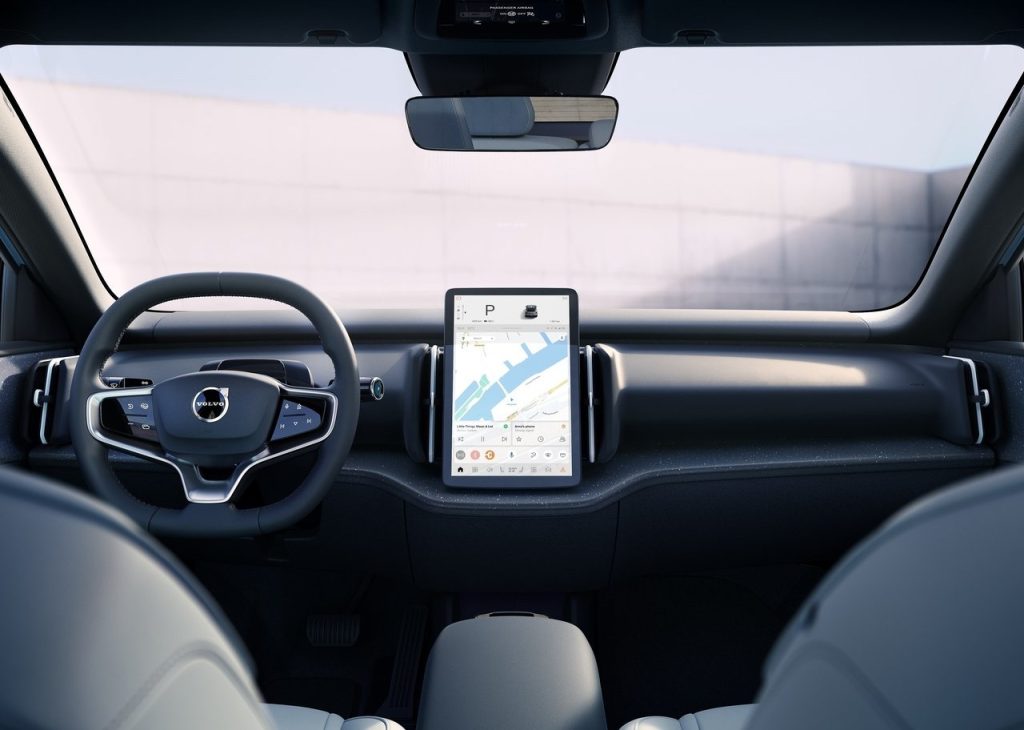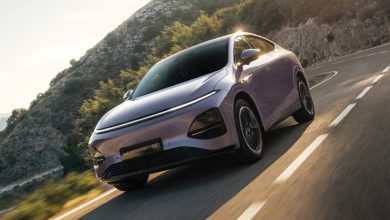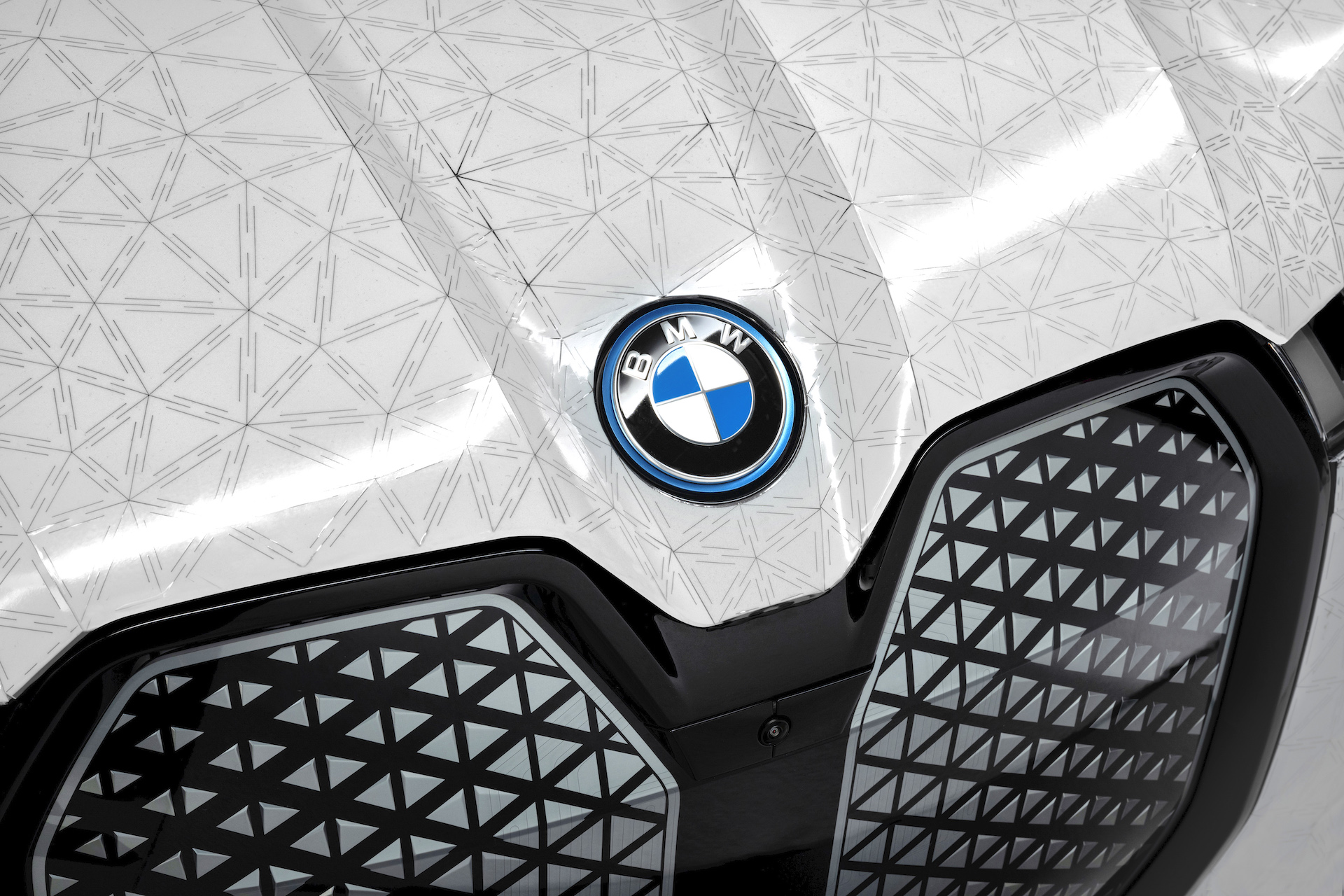World’s First Multi-Adaptive Seatbelt To Debut In Volvo’s New EX60

Volvo once again has upped its seatbelt game with the imminent debut of a new high-tech 21st century evolution.
Volvo was the first automaker to introduce the three-point seatbelt, all the way back in 1959. And now, it seems they’re gearing up to reinvent the seatbelt once again, having just announced that their upcoming EX60 will feature what they’re calling a multi-adaptive safety belt.
A world-first technology, this apparent next evolution of the seatbelt is designed to better protect people by adapting to both traffic conditions and the person wearing it. And all this is done by using data from interior and exterior sensors to offer customised protection, adjusting the settings based on the situation and the individual’s profile.

Unlike traditional systems, the new multi-adaptive safety belt is said to use data from sensors located throughout the vehicle — including exterior, interior, and crash sensors — to further refine its restraining response. Therefore in less than the blink of an eye, the car’s system analyses the unique characteristics of an imminent crash — such as direction, speed, and passenger posture — and sends this information to the seatbelt system for it to then select the most appropriate restraining setting.
For example, a larger occupant in a serious crash will receive a higher belt load setting to help reduce the risk of head injury, while a smaller occupant in a milder crash will receive a lower belt load setting to reduce the risk of rib fractures.

What more is that while modern safety belts already use various load limiters to control how much force is applied to the human body during a crash too, where this new adaptive belt further improves on current systems is by expanding the number of load-limiting profiles from three to eleven. This in turn dramatically further increases the number of possible configurations, thus allowing the system to better optimise performance for each situation and each individual.
Rather interestingly too, these seatbelts will be capable of receiving over-the-air software updates as well. According to Volvo, as the car gathers more data and insights, it will improve its understanding of occupants, scenarios, and optimal response strategies. It is nevertheless a bit surreal to think we now live in a world where even a seatbelt might soon require a stable Wi-Fi connection.

“The world-first multi-adaptive safety belt is another milestone for automotive safety and a great example of how we leverage real-time data with the ambition to help save millions more lives,” states Åsa Haglund, Head of Volvo Cars Safety Centre. The new safety belt will also be part of Volvo’s broader safety ecosystem, working seamlessly with airbags, occupant detection, and driver assistance systems. This integration allows for harmonised protection features, improves effectiveness, and reduces the risk of secondary injuries.
As for the rest of the car, details are still scarce for now. What is known is that the EX60 will serve as an electric equivalent to the brand’s popular mid-sized SUV, the XC60, and will debut Volvo’s next-generation SPA3 production architecture.
A brief teaser in the recent ES90 reveal video gave us a quick look at what might be the EX60, with it featuring Kia EV4-esque vertical taillights and a boxy silhouette. A full reveal is however only expected later this year, ahead of its anticipated launch in 2026.





